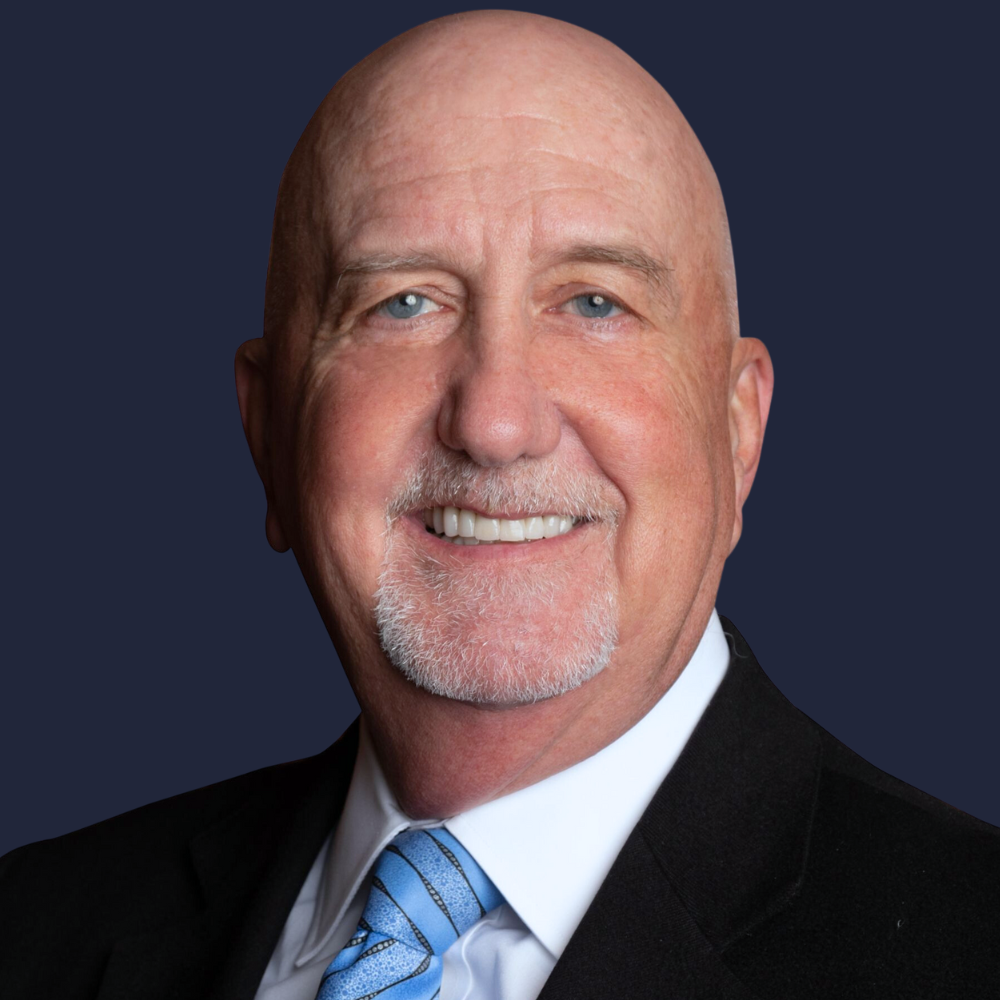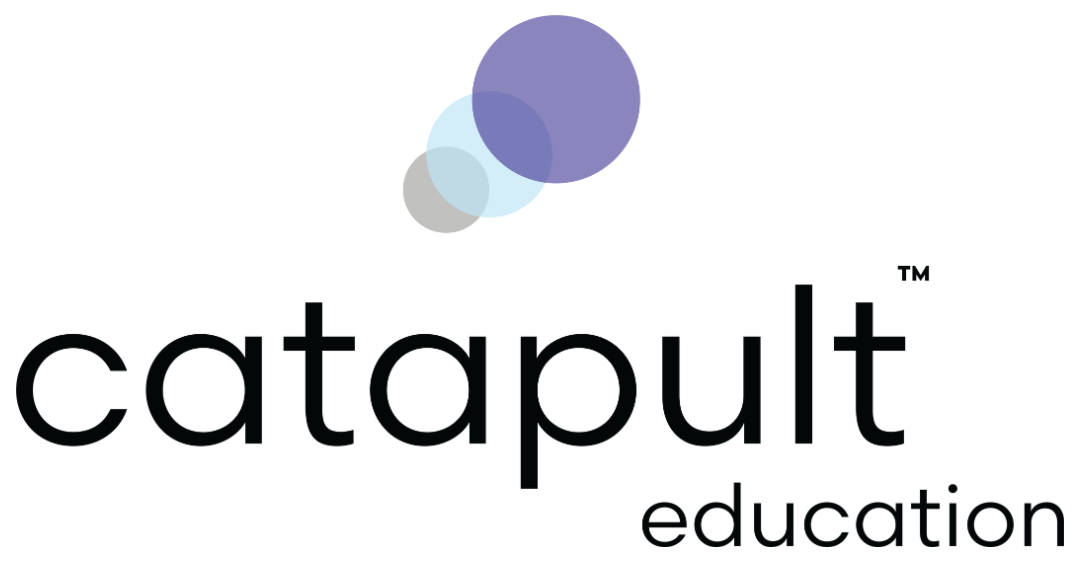Dr. Thomas Dudney

Lecture Topics
- Smile Design
- Dental Materials
- Cosmetic Dentistry
- Restorative Dentistry
About Dr. Dudney
Thomas Dudney, DMD is a 1977 graduate of the University of Alabama at the Birmingham School of Dentistry. He has previously served as the Clinical Director for the Aesthetic Advantage hands-on programs taught by Dr. Larry Rosenthal at New York University and the Eastman Dental Clinic in London.
Presently he is the clinical director of the Pacific Aesthetic Continuum (PAC) hands-on programs. In addition to teaching hands-on programs, he has presented workshops and lectures at dental meetings and has authored several articles on aesthetic and restorative dentistry.
He is a member of the American Dental Association, the Alabama Dental Association, and the American Academy of Cosmetic Dentistry. He is also a fellow of the American Society for Dental Aesthetics and a Diplomate of the American Board of Aesthetic Dentistry as well as a member of Catapult Education's Speakers Bureau.
Presently he is the clinical director of the Pacific Aesthetic Continuum (PAC) hands-on programs. In addition to teaching hands-on programs, he has presented workshops and lectures at dental meetings and has authored several articles on aesthetic and restorative dentistry.
He is a member of the American Dental Association, the Alabama Dental Association, and the American Academy of Cosmetic Dentistry. He is also a fellow of the American Society for Dental Aesthetics and a Diplomate of the American Board of Aesthetic Dentistry as well as a member of Catapult Education's Speakers Bureau.
Discover Dr. Dudney's Latest Courses
The ABCs of Adhesive Bonding and Cementation
Adhering to and following proper protocols is very important when adhesively bonding both direct and indirect restorations. This course will discuss the steps and protocols that are critical to success. Including how to achieve proper isolation when necessary as well as how and with what to treat the tooth and the restoration. Total etch vs. self-etch vs. selective etch techniques will be illustrated along with a discussion of fourth, fifth and sixth generation adhesives with an emphasis on the new eighth generation universal adhesives. Different cement categories including: Resin Modified Glass Ionomer, Self-Adhesive Resin Cement, Ion-releasing Resin Cements, and Light and Dual Cure Adhesive Resin Cements will be discussed.
Learning Objectives:
Learning Objectives:
- Proper isolation and protocols to follow for adhesive bonding
- How to treat the tooth substrate when adhesively bonding
- How to treat the restoration when adhesively bonding
- How to bond glass ceramics vs. bonding zirconia
- Why ion-releasing cements may increase restoration longevity
- The difference between adhesive bonding and conventional cementation
The What, When, and Why of Flowable Composites
The clinical application of flowable composites has increased significantly over the last several years. This course will discuss the reasons for this including increases in strength and decreases in polymerization shrinkage and stress. Furthermore, a through discussion will include the benefits and versatility of flowable composites and why their use can make everyday dentistry faster, easier, and more efficient.
Learning Objectives:
Learning Objectives:
- Factors that affect polymerization shrinkage and shrinkage stress
- Methods for reducing polymerization shrinkage and shrinkage stress
- Why flowable composites were developed
- How flowable composites have been improved and how their clinical applications have expanded
- How flowable composites can make dentistry faster, easier, and more efficient
Isolation Techniques for Direct and Indirect Restorations
Achieving successful long-term restorations requires maintaining a clean, dry, and isolated field especially when adhesively bonding. Numerous studies have shown that for successful long-term bonding, surfaces free of contaminates such as crevicular fluids, saliva, and blood is necessary. This course will discuss how to obtain and maintain such a field with an emphasis on rubber dam isolation including clinical cases to show their use. Additionally other isolation, retraction, and suction techniques will be discussed.
Learning Objectives:
Learning Objectives:
- The benefits of rubber dam isolation
- A simple rubber dam application technique
- Additional retraction, suction, and isolation techniques
Non-Implant Solution for Congenitally Missing Lateral Incisors: The Winged Bridge
The Clinician is often faced with difficult decisions when treating congenitally missing lateral incisors in adolescents and young adults. Factors such as growth and maturation, the age of the patient, the need for conservation of healthy tooth structure, size, shape, position and color of existing dentition, patient and family desires, and the need for an interdisciplinary coordinated approach between orthodontist and restorative dentist all contribute to the challenge of these cases. This course will discuss the treatment options for congenitally missing lateral incisors with an emphasis on the winged bridge including the advantages and disadvantages of each.
Learning Objectives:
Learning Objectives:
- Different options for treating congenitally missing lateral incisors ie: removable appliance, winged bridge, implant supported, canine substitution, and auto transplantation
- Why implants might be contraindicated in young adults
- One wing cantilever vs. two wing bridges
- Preparation design and laboratory communication for winged bridges
- The importance of an interdisciplinary approach when treating these types of cases
- Treatment options for temporization post-ortho
Laboratory Communication for Anterior Aesthetics and Smile Design Cases
In anterior shade matching and smile design cases proper laboratory communication is critical to success. This course will discuss and show all the information that should be included and sent to the lab. The importance of good photography and great provisionals will be emphasized and demonstrated. Additionally, all communication tools will be discussed individually.
Learning Objectives:
Learning Objectives:
- Pre-op photography that is essential to ideal laboratory communication
- How provisionals are used to communicate size, shape, position, and color to the lab
- When a face-bow transfer and CR bite may be necessary
- How to communicate shade when matching an anterior restoration to natural teeth
- How to properly fill out a written Rx with all the pertinent information
Be Aware of Wear: A Systematic Approach to Diagnosing, Treatment Planning, and Restoring the Worn Dentition
In today’s society tooth wear is more prevalent than ever and it is therefore incumbent upon the entire dental team to be well versed in recognizing the clinical signs of wear while understanding the importance of prevention when possible and the restorative options when necessary. This half day lecture will illustrate the different types of tooth wear with clinical examples, and demonstrate a systematic approach to diagnosis and treatment.
Learning Objectives:
Learning Objectives:
- Recognize the clinical signs of intrinsic and extrinsic erosion
- Office protocols to help patients prevent and/or treat acid erosion
- Recognize the clinical signs of horizontal and vertical wear patterns
- Designing an occlusal scheme that fits and identifying grinding patterns of the patient
- Bite opening vs. crown lengthening vs. orthodontic intrusion to gain space for restorations
- The importance of an interdisciplinary team in treating wear cases
- A systematic approach in the treatment of simple to complex wear cases
MACdentistry: The What, When, How, and Why of Current Indirect Restorative Materials, Adhesives, and Cements
As restorative materials, adhesives, and cements continue to evolve, change, and improve, it becomes more difficult for restorative dentists to keep up with the latest advances. With increasingly higher patient expectations for long term clinical success, it is important that the dentist has an understanding and working knowledge of these materials in order to make sound decisions. This half day lecture will discuss factors affecting the selection of indirect restorative materials that will satisfy the aesthetic and functional goals of the patient as conservatively as possible. Cases will be used to demonstrate the use of these materials, bonding agents, and cements in different clinical situations.
Learning Objectives:
Learning Objectives:
- The factors affecting material selection
- Monolithic vs. layered restorations
- Combining aesthetics and function with emax lithium disilicate
- Advantages and disadvantages of full contour zirconia
- The benefits of the new universal adhesives
- Which cements to use when and why
- How to treat the tooth and the restoration when conventionally cementing or adhesively bonding
- The long term benefits of bioactive cements
What’s a Dentist to Do: Diagnosis, Treatment Options, and Rehabilitation of Difficult and Unusual Cases
Sometimes the restorative dentist encounters clinical situations that are out of the ordinary and can often pose a challenge to treatment planning. This lecture will examine several such cases in order to explore treatment options and develop treatment plans, often utilizing a multi-disciplinary approach. Treatment results will be demonstrated along with helpful clinical tips on: material selection, how to determine incisal edge position, intra-oral composite mock-ups, opening bites, taking CR records, avoiding biologic width violations, fabricating and evaluating provisional restorations, multiple unit adhesive cementation, bonding to porcelain in the mouth, and fine tuning occlusal adjustments.
During this course attendees will explore treatment options and examine clinical results for:
During this course attendees will explore treatment options and examine clinical results for:
- Primary failure of eruption
- Class III anterior crossbite
- Matching a dark anterior tooth
- The gummy smile
- Traumatic avulsion
- The aging face
To Smile or Not to Smile: Why Truly Understanding Smile Design Principles Is So Important to You and Your Patient
Today, patients seeking aesthetic procedures and smile makeovers are more knowledgeable than ever of the possibilities that exist and therefore present with higher expectations. In order for restorative dentists to meet these higher expectations, they must not only be able to combine art and science, but also possess a thorough understanding of smile design principles in order to achieve the desired results. This half day lecture will discuss individually and in detail these principles and illustrate their use with clinical cases. Also included in the presentation will be the importance of composite mock-ups, provisional restorations, laboratory communication, and multidisciplinary team work.
Learning Objectives:
Learning Objectives:
- Why incisal edge position is so important and how to determine it
- Visualization, preparation, and communication with composite mock-ups
- The role of provisional restorations in both patient and laboratory communication
- How to evaluate provisionals aesthetically, functionally, and phonetically to ensure clinical success
- Gingival recontouring with diode lasers
- Treatment options for gummy smiles
- How to prevent or eliminate dark triangles
- The importance of the relationship between the teeth, gingival scaffold, and lips
- Understanding the role of the smile in facial aesthetics and a youthful appearance
- Utilizing a multidisciplinary team approach when treatment planning complex cases
A Comprehensive Course in Aesthetic Dentistry from Prep to Seat
Successful outcomes in aesthetic dentistry can be achieved by following specific principles and guidelines. In the lecture portion of this course, minimally invasive tooth preparation, provisional fabrication, and adhesive resin cementation of non-retentive restorations will be discussed, with clinical examples provided for each. Smile design principles and the relationship between art and science will also be discussed. After the lecture, a hands-on exercise will be conducted, during which attendees will prepare models for veneers, create a putty matrix for provisionals, fabricate provisionals using the putty matrix, and adhesively bond a veneer.
Learning Objectives:
Learning Objectives:
- How to prepare anterior teeth for porcelain veneers with a minimally invasive approach
- How to utilize mock-ups, prep guides, and depth cutting burs to help ensure successful results
- A step-by-step procedure on how to fabricate beautiful provisional restorations
- How to use the provisionals to communicate with the patient and the lab
- Understanding smile design principles and how they contribute to the attractiveness or unattractiveness of a smile
- The necessary steps for treating the tooth and the restoration when adhesively bonding
- How to successfully cement or adhesively bond zirconia
Book Dr. Dudney for a live lecture, workshop, or virtual event today.


